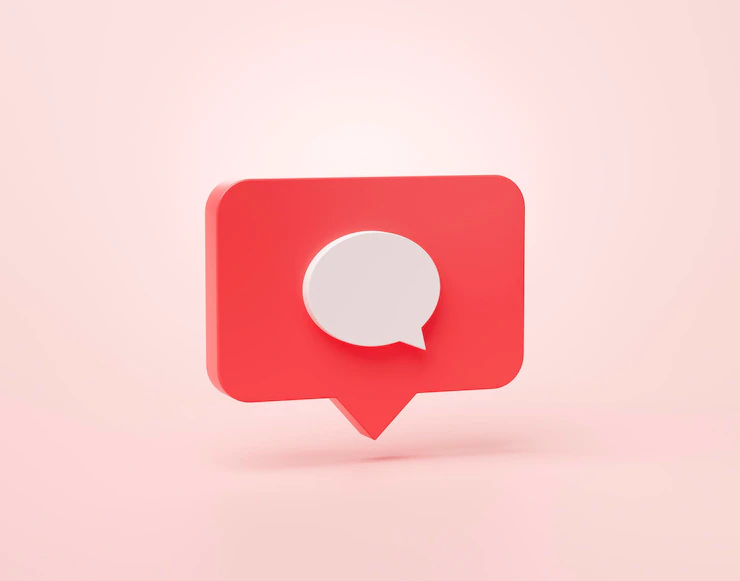Introduction
We all know that push notifications are a great way to engage with users. In fact, they’re so powerful that over 30% of users report re-engaging with an app simply because they received a push notification. However, the benefits of push notifications don’t end there. They are also a great way to inform your most loyal customers about new content and features in your app, as well as encourage prospective customers to make a purchase or book an appointment. What’s more, you can even use them to get users involved and provide feedback on any number of topics from their preferred color scheme to their favorite type of dog (just kidding, please don’t do this).
Send to a segment of users.
Push messages sent to a segment of users will be more relevant than those sent to everyone. This can be done by:
- Segmenting your audience based on user behavior, location, etc. (e.g., in-app events and behaviors)
- Segmenting your audience based on user attributes (e.g., age group, gender)
- Segmenting your audience based on user interests (e.g., sports teams or likes/dislikes)
- Segmenting your audience based on demographics (age and income level)
- Segmenting your audience based on preferences or interests
A/B test message variables.
A/B testing is a form of experimentation used in statistics to compare two or more treatments. The method involves running many tests (on a website or app) and comparing the results.
A/B tests compare two versions of a website, app, marketing campaign, etc. They can also examine pricing structures and copywriting strategies.
Localize your message.
When you’re crafting a message, think about the user and the context of their interaction with you. Tailor your message to them.Bonjour to French Facebook Messenger users! Localize with time zone, money, slang, and regional accents.
Send multiple messages for longer initiatives.
The best way to optimize your push messages for maximum engagement is to send multiple messages for longer initiatives.
This means you shouldn’t just send one message, and when it’s time for the next one, wait a week and then send another because that will be too long between pushes. You also want to avoid sending too many messages not only because it will be annoying but also because people will get annoyed at you if they think their inbox is being flooded with notifications from you.
The optimal number of times per day/week/month depends on a couple factors: how long the initiative is going on and how often people expect or need reminders about it. The important thing is that there should always be enough time between pushes so they don’t seem like an inconvenience in your user’s life–but not too much time either so they forget what they were doing!
You should aim for short, sweet and to-the-point when composing these messages (no matter how many times per day/week/month).
Know the value of your push audience.
Successful marketing requires knowing your audience.
Knowing your push audience’s worth will boost engagement, conversion rates, retention, customer satisfaction, and customer loyalty.
Knowing your audience and making your messages more personal helps you increase engagement.
To optimize your push messages, it’s important to know who you’re talking to. You can segment your audience based on demographics, interests and behaviors. For example, if you run a fitness app that helps people lose weight, some of your users might be looking for recipes while others may want workout advice. If you know what kind of user each subscriber is, then you’ll be able to send them the right message at the right time in order to increase engagement.
A quick way to figure out what type of user each subscriber is is by looking at their behavior within the app itself. If someone has downloaded many recipes but never uses them or buys any extra food items from within the app, then he or she probably isn’t much interested in healthy eating after all–and maybe this person would rather get tips from an expert chef instead!
Conclusion
In the end, the key to creating a successful push notification strategy comes down to knowing your audience and making your messages more personal. The best way to achieve this goal is by using customer data that you already have access to as well as A/B testing various push messages. Once you have mastered these strategies and are seeing results, consider expanding your strategy with localization and rich push notifications.

